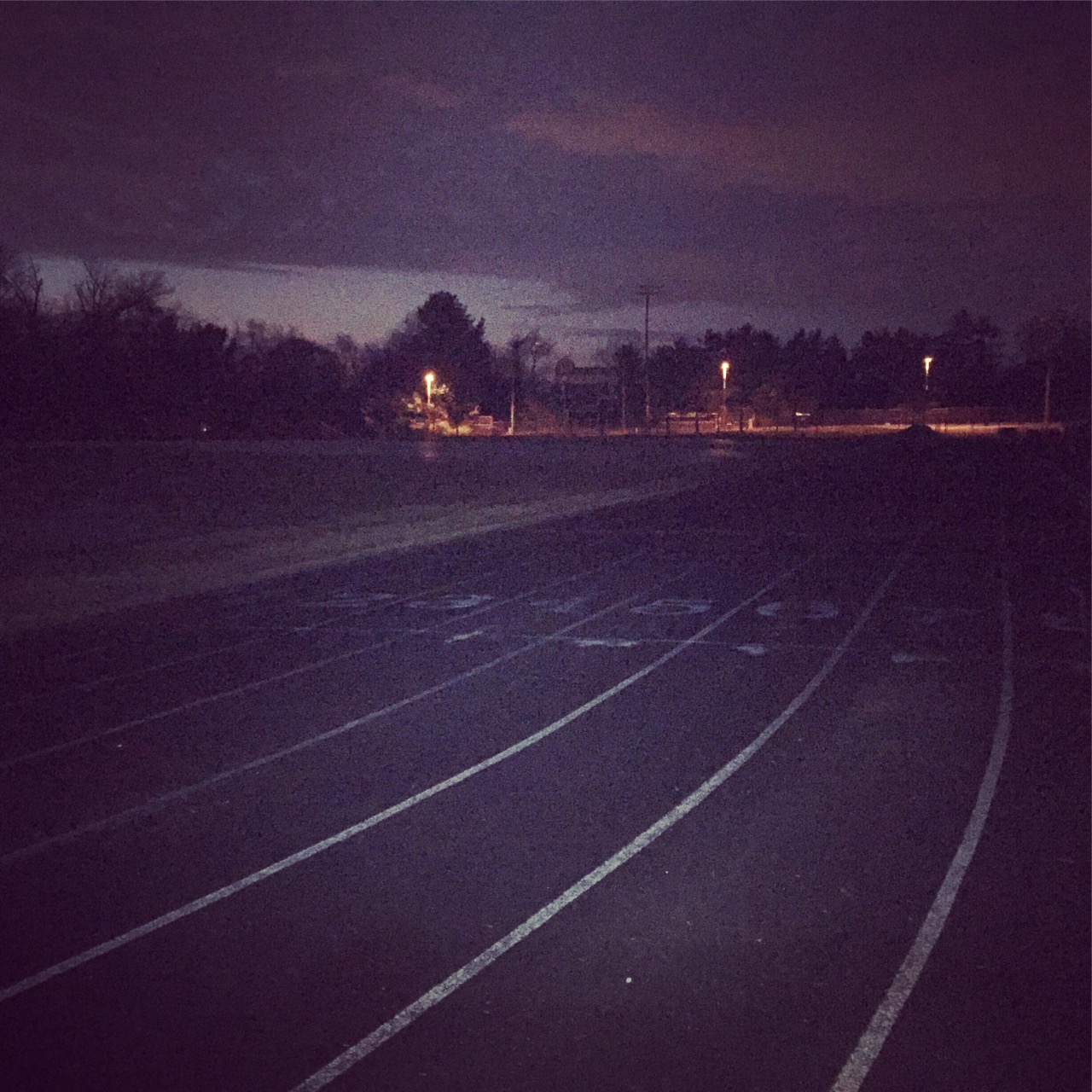I’ve been running seriously for about 7 years. Before then, pretty much nothing. I was somewhat athletic in high school, but never near the top in any of the many sports I played. In college, I swam for a year for my (D3) school, but soon remembered that the only reason I was ever on a swim team was to play water polo and my college didn’t have that option.
I still remember my first ‘competitive’ race. It was in 2000: the Spring Valley 5k through the toney neighborhood in Washington DC. I couldn’t even finish it without stopping to catch my breath. Literally, I stopped about two miles into a three-mile race to bring my heart-rate down. I did the St. Patrick’s Day 10k later that Spring, but that was a disaster too and so ended my brief flirtation with running. Or so I had thought.
Fast forward 10 years. I was heavy, out of shape, and frustrated with my overall lack of fitness. I had lost my father a few years earlier, way too young, and was determined to be there for my kids as long as possible. I started running again. I discovered adidas’ miCoach platform (since converting to Runtastic), and broke through the agony of my earlier competitive runs.
Yet with the emergence of fitness data and easier recording of your own data–not to mention easier comparison with others–the gulf between my own finish times and those of others was put into clear view.
When you set aside the ‘elite’ runners (a class all their own), there seemed to me to be two categories of recreational runner: The ‘Runners’ and the ‘Plodders.’ The difference seems stark. Runners look like they’re running. They’re pushing themselves with every step and working hard to hit the tape at their desired time. They have an awareness of the pace and are machine-like in their approach to every mile.
Plodders are trying to just get over the line. Yes, Plodders care about time too, but Plodders are trying to maintain their training pace throughout the race distance and holding on to the finish. Avoiding having to walk through part of the race is among the goals.
Since 2010, I’ve been a Plodder and I’ve been resigned to being a Plodder the rest of my life. “I’m just not physically built for this,” or “it’s not in my DNA to go that fast” have been my common refrains. There’s a sense that the Runners are the high-school track or cross country stars who are just wired for this stuff and the rest of us are just trying to fill in the race numbers.
Somewhat in an attempt to test this theory, I took most of last year off from distance running. I ran the London Marathon in April (pretty much without training), and then didn’t run anything longer than a half-marathon the rest of the year. Instead, I ran a few 10K trail races, and spent a lot of time on the track doing speed work (intervals and 1-hour pace runs). I guess I felt like I was getting faster, but I wasn’t convinced until I started back into distance training in late-December.
The results have been startling. My long slow run pace, traditionally in the 9:00-9:15 range, is now comfortably a minute faster. My pace runs, which were in the 8:00 range per mile, are now in the 7:10-7:20 range. This weekend, I completed the Rock n’ Roll DC Half-Marathon in 1:37:09, which translates into 7:25/mile pace (and I had to stop to retie a shoelace). I finished in the top 500 of nearly 13,000 finishers. It’s a Boston qualifying pace (assuming I could keep it up for another 13+ miles). It’s the first time I’ve considered myself a member of the Runners group.
Lesson here is that there’s no great divide between the two. I’m not saying anyone can make the jump, but the jump is there to be made with the right training program, some luck on the injury front, and dedication.
